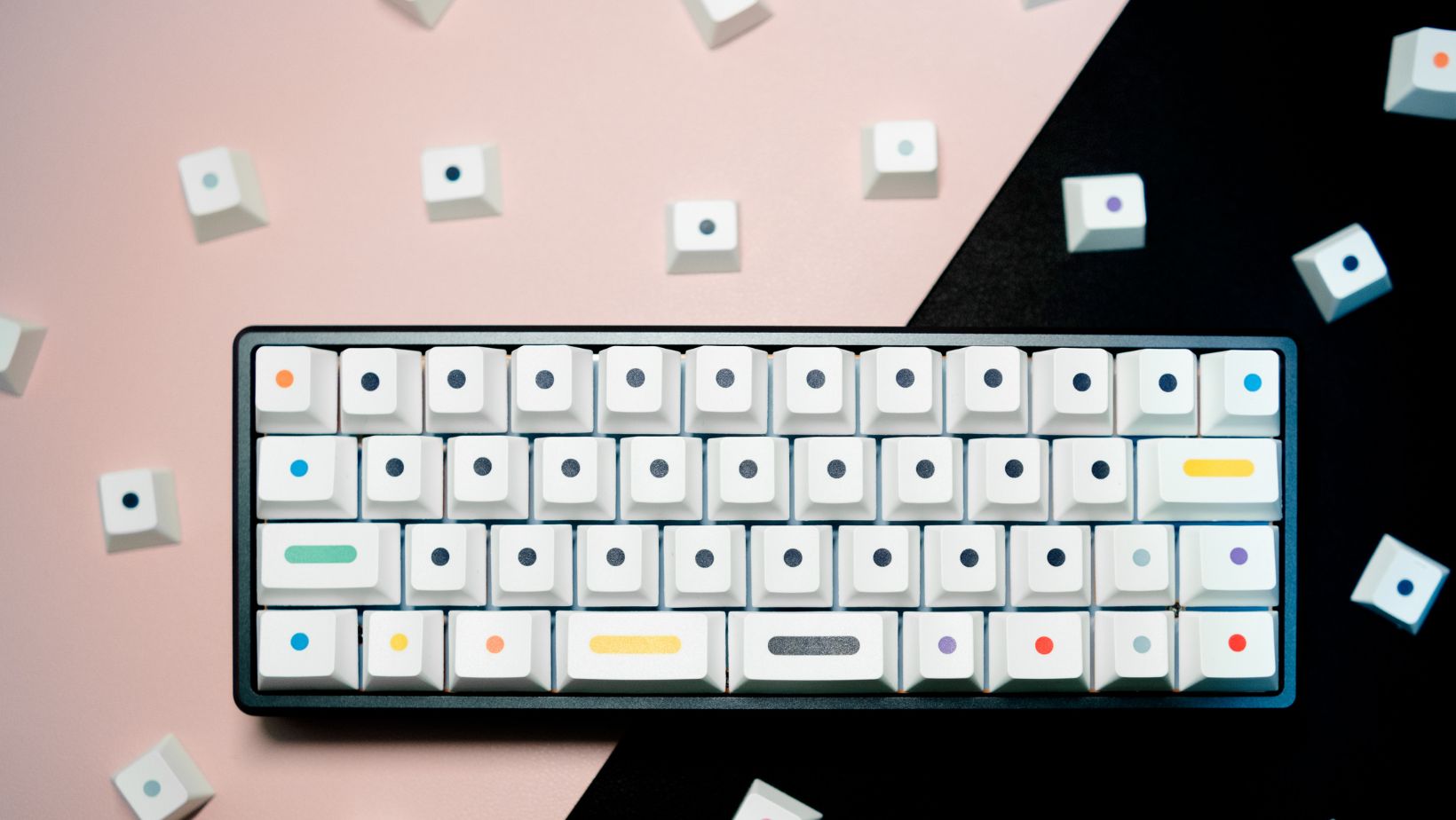Have you ever pressed a key on a mechanical keyboard and noticed a deep, almost marble-like sound? That satisfying thock or clack isn’t just random. It’s the result of careful engineering, material choices, and even a little bit of science.
In this article, we’ll explore why some keyboards make this specific noise, what makes that unique acoustic profile, and how different plate materials contribute to it.
Whether you’re a tech enthusiast or just curious about the noise your keys make, this guide will break it all down in simple terms. What’s even simpler is using the gaming titan 22Bet to wager with your friends for big prizes, anytime, anywhere!
What Makes a Keyboard Sound “Marbley”?
A “marbley” sound in a keyboard is often described as deep, smooth, and slightly muted… like tapping a marble countertop. Unlike sharp, high-pitched clicks or hollow plastic noises, a marble-like tone gives a premium, solid feel. But what actually causes this?
The Role of Switch Design
The first factor is the key switch itself. Mechanical switches come in different types, such as clicky, tactile, and linear. While clicky switches (like Cherry MX Blues) produce a sharp noise, linear switches (like Gateron Yellows or Lubed Cherry MX Blacks) are smoother and often contribute to that deeper tone.
But it’s not just the switch type—lubrication plays a huge role. Adding lube to switches reduces friction, dampens high-pitched noises, and creates a smoother, more consistent sound. A well-lubed linear switch will often produce that coveted thocky noise.
The Impact of Keycaps
Keycaps also influence sound. Thick, high-quality keycaps (like those made from PBT plastic) absorb vibrations better than thin ABS keycaps, leading to a deeper sound profile. The shape of the keycap (SA, Cherry, OEM) can also change how audio waves bounce, subtly altering the tone.
How Materials Affect Sound
If switches and keycaps are part of the equation, the plate material is where the “marbley” magic really happens.

The plate is the rigid layer beneath the switches that holds them in place, and different materials drastically change the keyboard’s acoustics.
Common Materials
- Aluminum (Alu) Plates – Popular for their balanced sound, aluminum plates offer a slight metallic ping but can be tuned to go even deeper with foam or lube. They’re stiff, which helps with consistency.
- Brass Plates – These are heavier and produce a sharper, louder clang. Yet, when combined with dampening materials, brass can contribute to a rich, marble-like tone.
- Polycarbonate (PC) Plates – Known for their softer, deeper notes, PC plates absorb vibrations well, reducing harsh noises and enhancing that smooth, thocky feel.
The Importance of Dampening
No matter the plate material, dampening is key to achieving this perfect tone. Many keyboards use:
- Foam inserts (between PCB and case)
- Rubber gaskets (to soften vibrations)
- Silicone pads (to absorb high frequencies)
These additions help eliminate hollow echoes and create a more solid, premium feel.
Other Factors
Beyond switches, keycaps, and plates, a few other elements contribute to acoustics:
Case Material and Design
A keyboard’s case can be made of plastic, aluminum, or even wood. Heavier cases (like aluminum) reduce vibration and resonance, leading to a deeper sound. Some also use angled designs or internal bracing to control audio waves.
Typing Surface Matters
Believe it or not, the surface your keyboard sits on affects the output as well.

A wooden desk will amplify deeper tones, while a metal surface might add unwanted metallic reverberation. Many enthusiasts use desk mats to soften the impact.
The Role of Modding
Modding is a popular way to fine-tune sound. Common ones include:
- Tape mod (applying masking tape under the PCB to reduce hollowness)
- O-ring mod (dampening keycap bottom-out noise)
- Switch films (reducing housing wobble for a cleaner listen)



